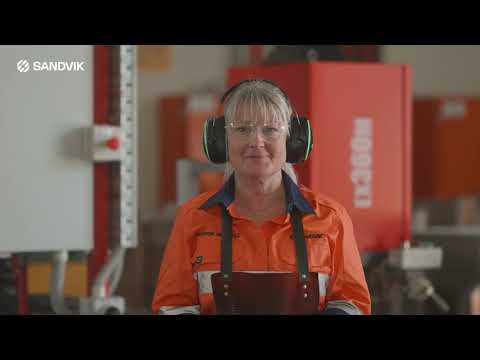
BHP asset president copper South Australia Anna Wiley. Image: Austmine
BHP South Australian copper asset president Anna Wiley has laid out a copper-focused future for the Big Australian in her address to the Copper to the World conference in SA.
Wiley said SA is home to 70 per cent of Australia’s copper resources, one of only so many world-class copper resources remaining in the world.
“This places additional importance on ensuring we economically extract as much copper as possible from our current operations,” she told the audience.
Citing BHP’s Chile and South American operations, Wiley added the company’s South Australian foothold to the list of assets part of its plan for a future focused on copper.
It’s a plan that has been in the works for a while, culminating in BHP’s $9.7 billion acquisition of OZ Minerals last year, bringing the SA Carrapateena and West Musgrave copper projects into the BHP fold.
“Today, as BHP we operate three underground copper mines and a nationally significant smelter and refinery complex in South Australia’s far north,” Wiley said.
This includes the heart of BHP’s SA copper province, Olympic Dam, which Wiley said the company is hoping to grow with the help of additional smelting and refining plants.
“It’s a big operation – and it’s getting bigger,” she said.
“This has the potential to result in production of greater than 500 kilotonnes per annum of copper – and more than 700 kilotonnes of copper equivalent per annum when you include the by-products of gold, silver and uranium.
“This would constitute one of the most significant investments in copper metal manufacturing infrastructure in Australia for many decades.”
Wiley said BHP’s plan for growth relies on a range of elements coming together, like skills development, the mining equipment, technology and services (METS) sector, permitting and approvals, enabling infrastructure, underlying stability, and technology.
“But in one way or another they all boil down to one very important theme: partnership and collaboration,” she said.
“In recent memory it was impossible to imagine change of this pace in the mining industry, and it goes to show that amazing things can be achieved with a common ambition.
“Industry, governments, Traditional Owners, technology providers and communities working together will help bring more copper supply to market to meet global demand more quickly and more sustainably.”
Subscribe to Australian Mining and receive the latest news on product announcements, industry developments, commodities and more.












